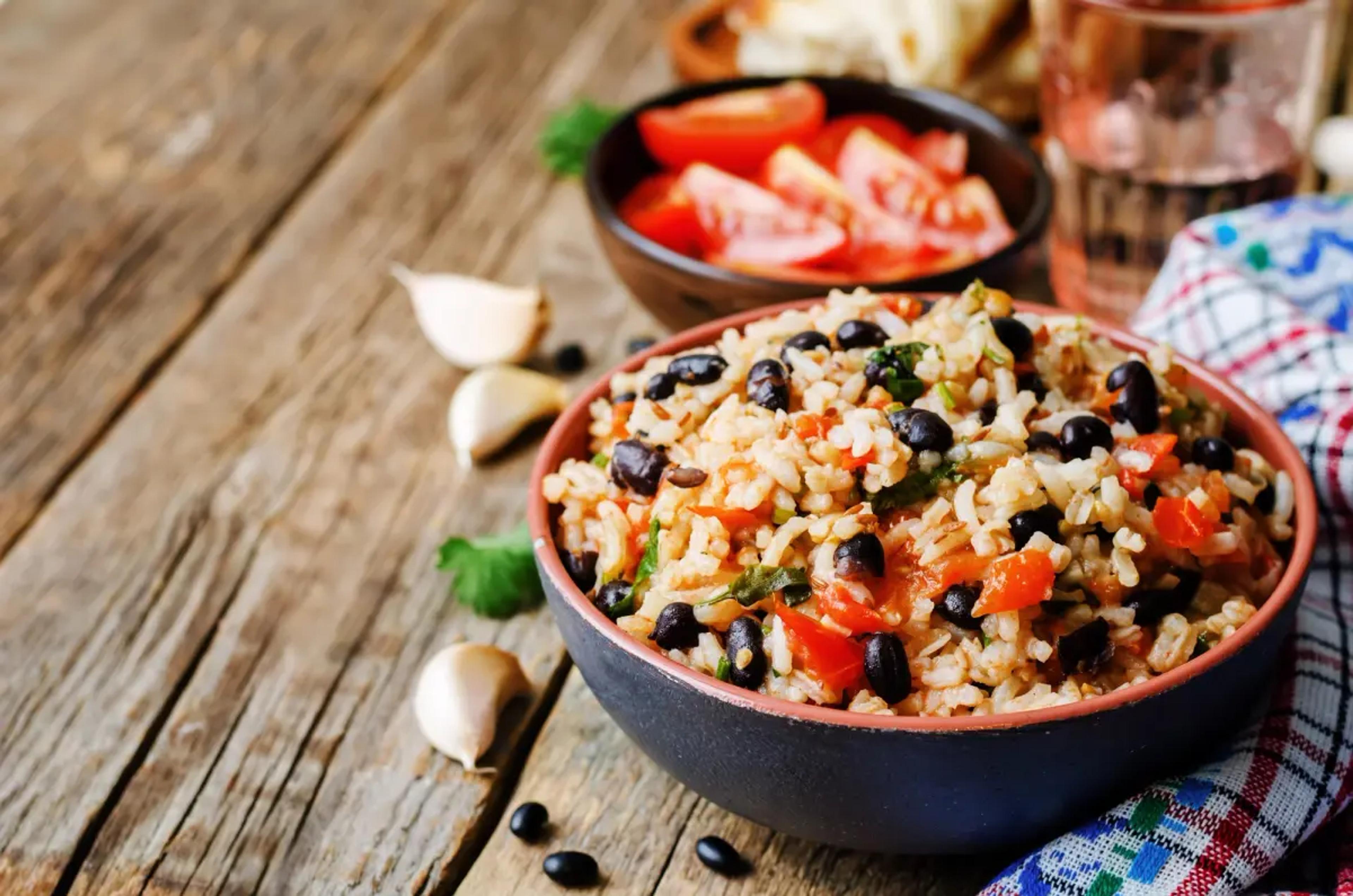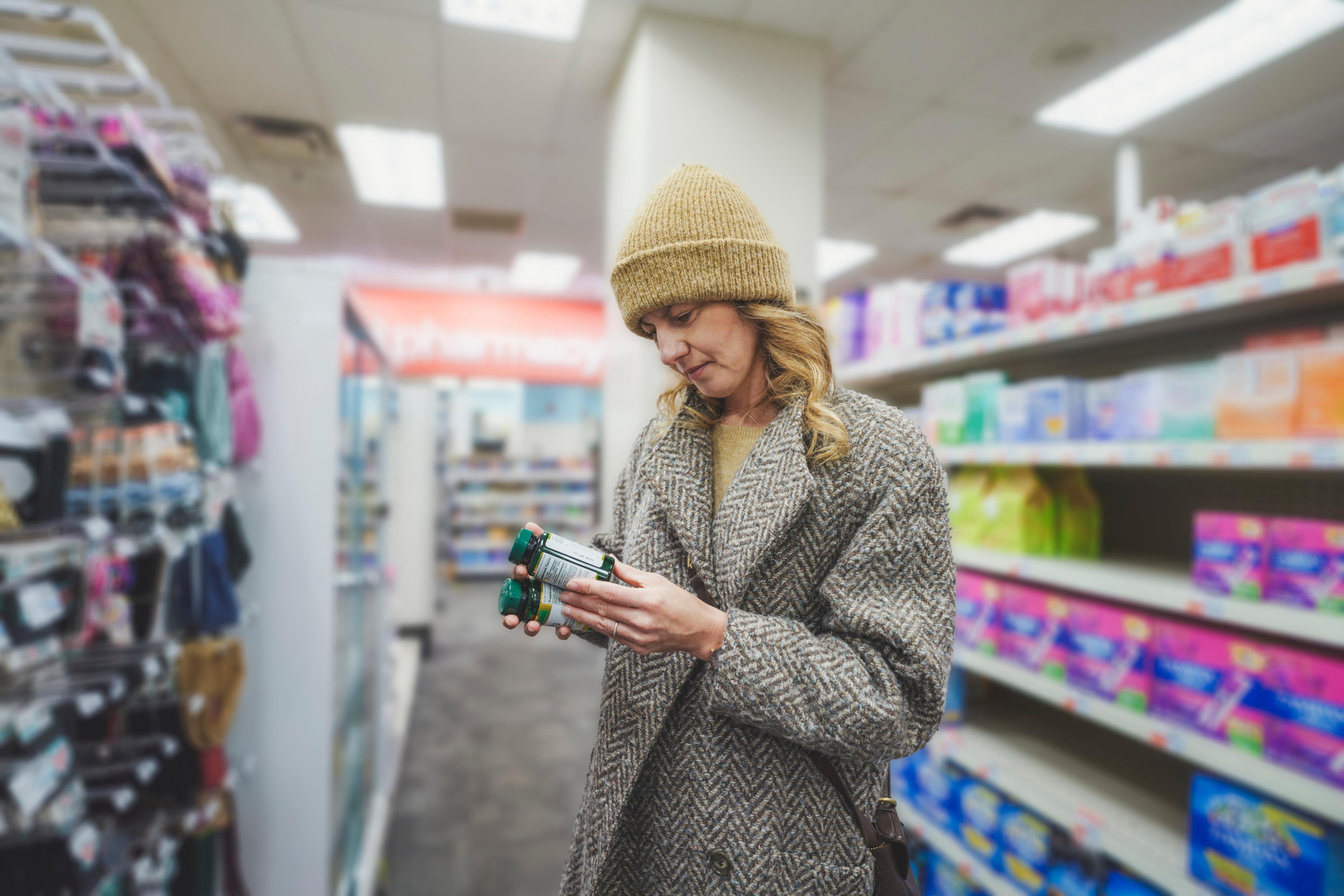Understanding GLP-1, the Hormone that Keeps You Feeling Full

James Grant, M.D.
| 3 min read
James D. Grant, M.D., is executive vice president and chief medical officer at Blue Cross Blue Shield of Michigan. Dr. Grant is a native Michiganian and graduate of Wayne State University School of Medicine. He completed his post graduate training at Northwestern University Medical Center in Chicago. He is a diplomate of the American Board of Anesthesiology, completed his recertification in 2008 and is an associate examiner for the Board.

With all of the headlines about the drug Ozempic in the last year, you may have come across the term “GLP-1.”
First, let’s understand the drug: Ozempic is a glucagon-like peptide-1 (GLP-1) receptor agonist drug. It helps people with type 2 diabetes to regulate the release of insulin and lower their blood sugar. Its active ingredient is semaglutide, which slows the emptying of the stomach. When prescribed off-label, it may be used for weight loss.
The drug mimics a natural process in the body – and there’s science that shows how your diet can affect how full you feel.
When you’re eating food, your gut releases the GLP-1 hormone into the body within 15 to 30 minutes. The GLP-1 hormone plays a big role in your metabolism and induces the feeling of satiety – or fullness – in the central nervous system.
Not only does GLP-1 make you feel full, it can also slow down how quickly the stomach empties itself and stimulates the release of insulin.
So, does every food you eat cause your body to release GLP-1? Yes, but some foods are known to have bigger effects than others. Foods high in dietary fiber are known to stimulate the release of GLP-1.
Fiber has long been recognized as a dietary factor associated with increased feelings of fullness and a lower overall body weight. Fiber itself can slow gastric emptying, as well as helping you to regulate your appetite.
There are two main types of fiber, and both are important for a healthy body:
- Soluble fiber: This type of fiber attracts water and turns into gel-like substance when digested, slowing down digestion. It can be found in foods like oats, peas, beans, apples, citrus fruits, carrots and barley. In particular, viscous soluble dietary fibers are believed to be more capable of creating a feeling of fullness due to their unique digestion that can affect GLP-1. Viscous fibers can be found in plants, including beans, asparagus, oats, Brussels sprouts, sweet potatoes and apricots.
- Insoluble fiber: This type of fiber adds bulk to the stool and helps it move through the stomach and intestines. It can be found in wheat bran, whole grains, nuts, beans and vegetables like cauliflower, green beans and potatoes.
Fiber has significant health benefits, and many modern diets – especially those that rely on processed foods – are lacking in the amount of fiber we’re supposed to be eating. By increasing fiber in our diets, we can mimic the process that GLP-1 drugs stimulate, allowing us to better control our appetites and feel fuller longer.
If you have questions or concerns about whether you’re getting enough fiber in your diet, talk with your primary care provider. Your health conditions, family health history as well as any medications you may be taking may all affect your dietary needs.
James D. Grant, M.D., is senior vice president and chief medical officer at Blue Cross Blue Shield of Michigan.





